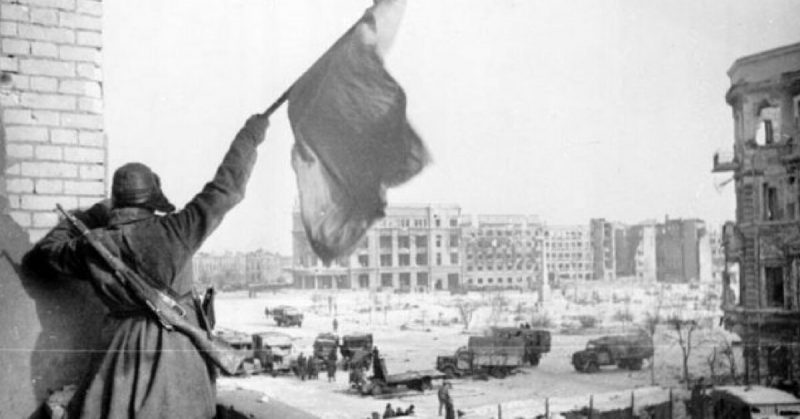Many people saved Jews during WWII, but one person was perhaps unique for three reasons. First; he became a citizen of six different countries simultaneously. Second; he lived for over a century and died twice. Third; people are still looking for him.
Raoul Gustaf Wallenberg was born on August 4, 1912, in Lidingö Municipality, Sweden to a wealthy family – one that still wields economic and political clout today. He studied in Paris, France for a year before quitting to study architecture in America.
Despite his wealth, he hitchhiked throughout the country to better understand what ordinary people were like. He later claimed it was the best training in diplomacy and tact – something he would put to great use.
After working in South Africa and Haifa (now in Israel), Wallenberg returned to Sweden in 1936. There he worked for the Central European Trading Company owned by Kálmán Lauer, a Hungarian Jew.
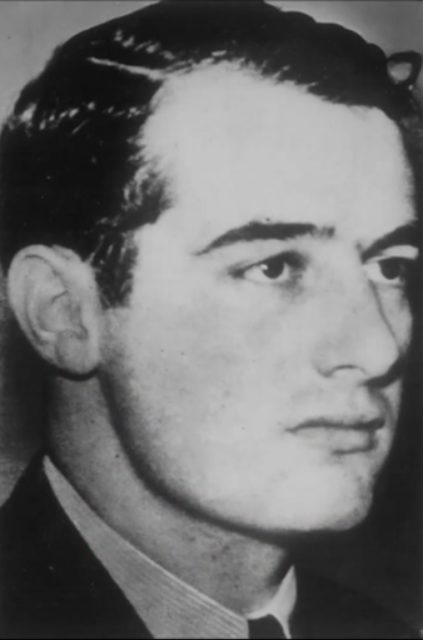
Two years later, the (former) Kingdom of Hungary allied with Germany and adopted anti-Semitic policies. Although Jews were banned from certain jobs and intermarriage, they were not subject to expulsion and extermination. Not yet.
As Lauer was no longer able to return to Hungary, Wallenberg became his representative there – and he did not like what he saw. By 1942, he had become joint owner of the company, as well as its International Director based in Budapest.
On August 23, 1942, a joint German-Hungarian force invaded the Russian city of Stalingrad. By the time it ended on February 2, 1943, Hungary had lost about 84% of its troops, forcing the government to make peace gestures to the Allies. Big mistake.
Hitler found out and invaded the country in March 1944. Although Hungarian Jews already had it bad, things got a lot worse. With Germany in control, anti-Semitism was no longer enough. Under SS Lieutenant Colonel Otto Adolf Eichmann, Jews were to be deported for extermination.
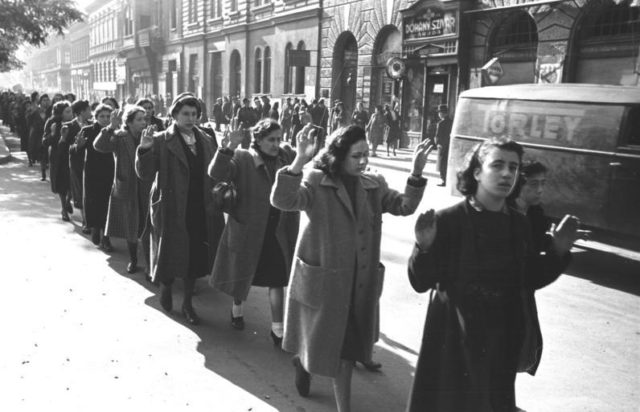
Most people now know about the Holocaust, but it was not common knowledge then. The plight of Hungarian Jews, however, was. US President Franklin D. Roosevelt, therefore, sent Iver C. Olsen, an accountant for the Office of Strategic Services and the War Refugee Board, to neutral Sweden to see what could be done.
Together with Swedish Jews, government officials, and members of the Swedish Royal Family, Olsen came up with a plan to mount a rescue operation. The man they put in charge? Wallenberg.
He arrived in Budapest in July 1944 as a member of the Swedish legation to Hungary. By then, over 400,000 Jews had been sent to concentration camps, leaving about 230,000 on the verge of deportation.
The Swedish embassy had already been handing out “protective passports” (called Schutz-Pass) to those they could until the German authorities deemed them invalid. Wallenberg used his political clout to have them recognized. He then redesigned the passports to look more official and had them mass produced.
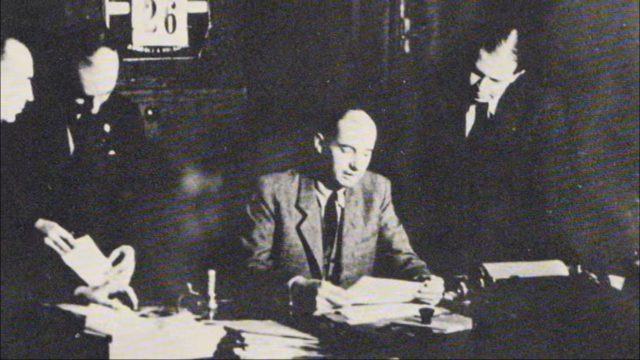
Using money raised by Olsen’s committee, he also rented 32 buildings throughout the city. These were declared Swedish diplomatic property and therefore considered extraterritorial domain. Swedish flags were hung outside, complete with signs that read “The Swedish Library” and “The Swedish Research Institute.”
That done, he began handing out the passports to Jews. Word spread and Jews started queuing at the Swedish embassy to receive one. It was not enough though.
Wallenberg went to the train station to intercept deportees. His driver, a Hungarian, claimed Wallenberg once jumped into an open car despite German soldiers threatening to shoot him. Some fired in the air above his head, but Wallenberg kept giving the passports to those he could.
Then he ordered them to get off the train. Before the stunned soldiers, about a dozen people did just that – straight to parked cars that sported Swedish flags.
These people were sent to the buildings he had rented, although not all. Several Portuguese diplomats, as well as Italian and Spanish businessmen, had also bought or rented houses and apartments to shelter Jews.
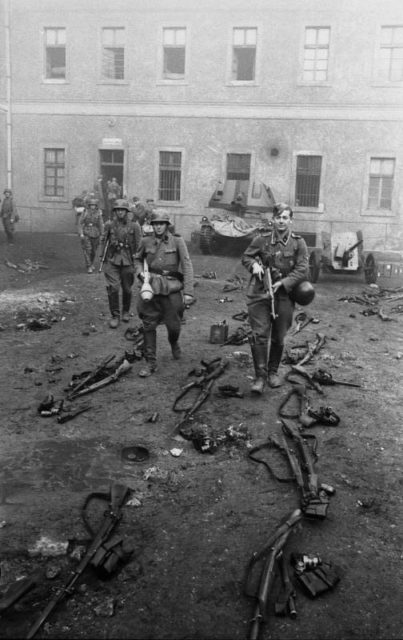
Perhaps Wallenberg’s greatest accomplishment, however, happened on November 5, 1944. The Soviets were marching on Budapest and Eichmann and Major General Gerhard Schmidthuber (Commander of German forces in Hungary), wanted to get rid of the city’s last Jews.
About 70,000 were held in the city’s ghetto. How to get rid of them and still defend the city? It was decided to blow up the ghetto. As for the rest, they were to go on a forced death march to concentration camps.
Wallenberg managed to convince Eichmann and Schmidthuber, as well as the Arrow Cross Party (a pro-Nazi Hungarian paramilitary group), not to. He told them the war was over. They were losing, and they knew it. Wallenberg vowed to have them tried for war crimes. It worked.
As to how many he saved, no one knows. The numbers range from 60,000 to 100,000 and include the likes of Thomas Peter Lantos – former Democratic member of the US House of Representatives from California.
The Soviets took Budapest and on January 17, 1945, Wallenberg was ordered to report to the office of Marshal Rodion Malinovsky – Head of the 2nd Ukrainian Front. He was never seen again.
It is believed Wallenberg was called in on suspicion of spying for the US government (he was), but no one knows what happened to him after that. The Soviets said he died in prison of a heart attack on July 17, 1947. Another Soviet official later claimed he was executed. Some former prisoners swear they saw him as late as the 1980s.
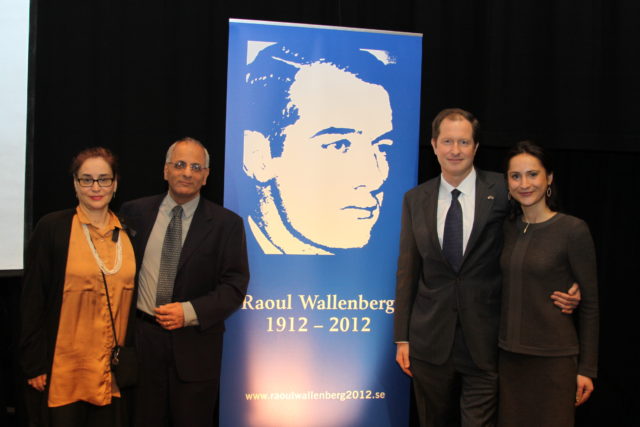
The hunt for the truth continues, however. Meantime, the Swedish Tax Agency formally declared Wallenberg dead in absentia on October 14, 2016. His death date is recorded as July 31, 1952 – five years after he disappeared.
As a tribute to his achievements, he was made an Honorary Citizen of the US (the second after Winston Churchill) and received a Congressional Gold Medal in 2012. He is also recognized as an honorary citizen of Canada, Hungary, Australia, and Israel.
Although he could not save himself, Wallenberg’s accomplishments are an incredible testimony of how one person can save so many others.
